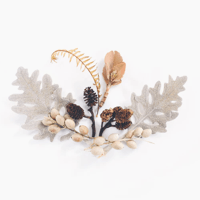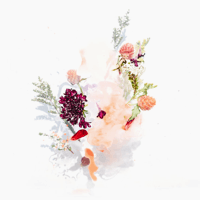FLOWERMART WITH
Care&Beyond
Although the arrangement described above is considered typical, plant species show a wide variation in floral structure.
SELECT YOUR PREFERENCE

ANDROECIUM
Specific terminology is used to describe flowers and their parts.

GYNOECIUM
A sympetalous flower, with bilateral symmetry with an upper and lower lip.

INFLORESCENE
Flowers with connate petals or sepals may have various shaped corolla.

RANUNCULACEAE
This is an example of radial symmetry.
WANT TO SEE MORE OPTIONS?
A sympetalous flower, with bilateral symmetry with an upper and lower lip.
WHY CHOOSE FLOWERMART
We Provide Beautiful Compositions
In those species that have more than one flower on an axis, the collective cluster of flowers is termed an inflorescence. Some inflorescences are composed of many small flowers arranged in a formation that resembles a single flower.
VISIT FLOWERMART
In Your Local Store
A single daisy or sunflower, for example, is not a flower but a flower head—an inflorescence composed of numerous flowers. An inflorescence may include specialized stems and modified leaves known as bracts.
BROWSE OUR STORE
ABOUT FLOWERMART
![]() Pollination mechanism
Pollination mechanism![]() Attraction methods
Attraction methods![]() Flower-pollinator relationships
Flower-pollinator relationships![]() Pollen allergy
Pollen allergy![]() Perianth
Perianth![]() Reproductive
Reproductive
![]() Evolution and regeneration
Evolution and regeneration![]() Color choices
Color choices![]() Symbolism
Symbolism

